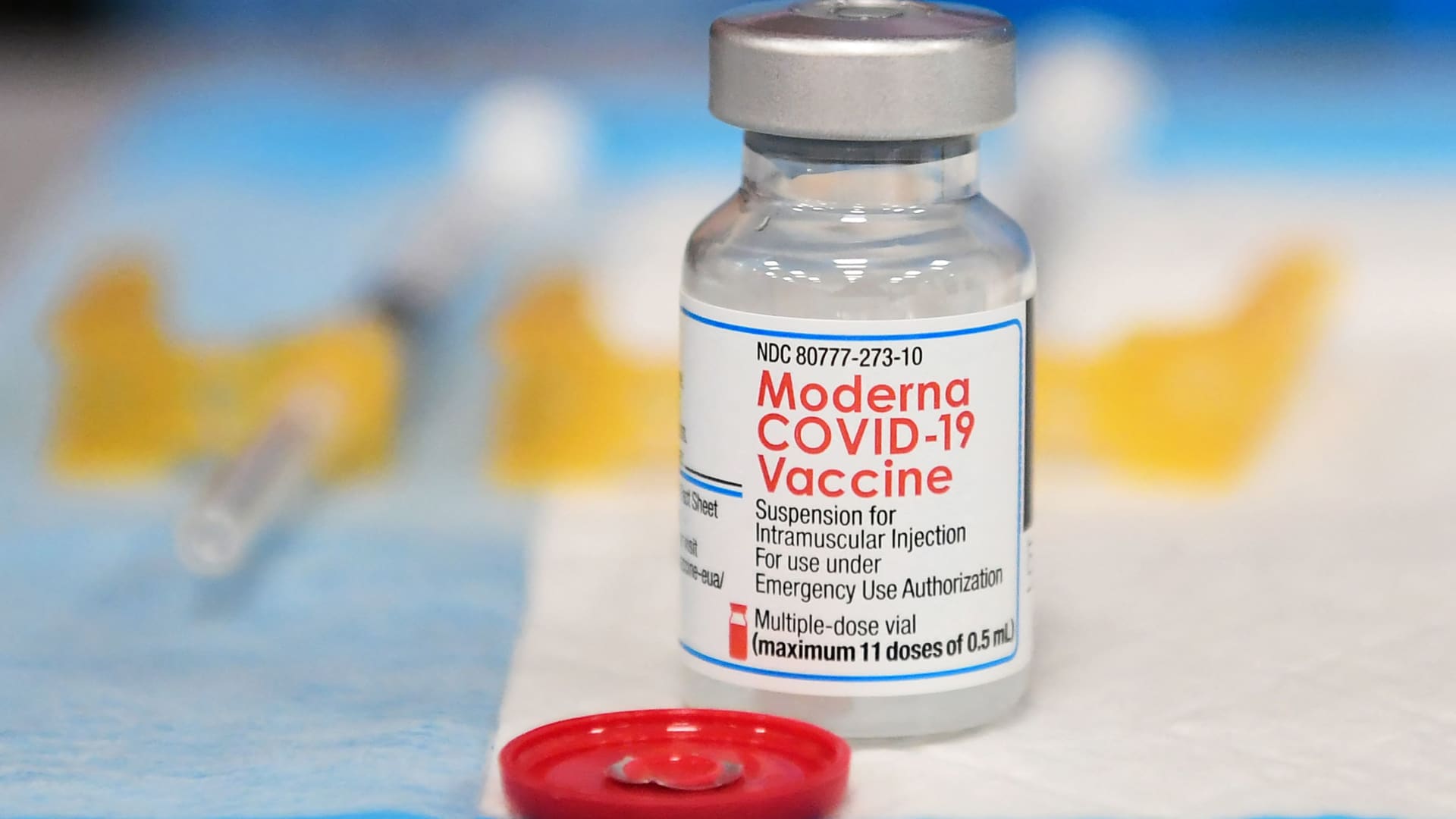US Markets
Friday, May 31st, 2024 6:33 pm EDT
Key Points
- Inflation Data and Market Reaction: In April, the personal consumption expenditures (PCE) price index excluding food and energy rose 0.2%, matching expectations, with core PCE inflation at 2.8% annually. Including food and energy, overall PCE inflation was 2.7% annually and 0.3% monthly, also meeting forecasts. Markets responded positively, with futures tied to major stock averages rising and Treasury yields moving lower.
- Income and Spending Trends: Personal income increased by 0.3% in April, meeting expectations, while personal spending rose by only 0.2%, falling short of the 0.4% estimate. Adjusted for inflation, spending showed a slight decline of 0.1%, driven by a 0.4% decrease in goods spending and a modest 0.1% rise in services expenditures.
- Federal Reserve’s Stance on Interest Rates: The Federal Reserve prefers the PCE measure over the consumer price index (CPI) for its broader scope and consideration of consumer behavior changes. Despite the inflation data, Fed officials, including New York Fed President John Williams, have indicated a cautious approach to interest rate cuts, suggesting no reductions are likely before November, as inflation remains higher than the Fed’s 2% annual target.
In April, inflation rose about as expected, leaving markets uncertain about when interest rates might start decreasing, according to a closely watched measure released on Friday by the Commerce Department. The personal consumption expenditures (PCE) price index, excluding food and energy costs, increased by 0.2% for the period, aligning with the Dow Jones estimate. On an annual basis, core PCE inflation was 2.8%, slightly above the 2.7% estimate. Including the more volatile categories of food and energy, the overall PCE inflation rate was 2.7% annually and 0.3% monthly, also meeting forecasts.
The Federal Reserve prefers the PCE measure over the more commonly followed consumer price index (CPI) due to its broader scope and its ability to account for changes in consumer behavior, such as substituting cheaper goods for more expensive ones. Dan North, senior economist for North America at Allianz Trade, noted that the core index’s consistent range over the past five months indicates stubbornly persistent inflation, which is not ideal for Fed Chair Jerome Powell, who would prefer to see a more significant decline.
A 1.2% increase in energy prices contributed to the overall rise in inflation, while food prices saw a 0.2% decrease. Prices for goods rose by 0.2%, and services increased by 0.3%, continuing a trend towards normalization in an economy driven largely by services and consumption.
The release also included data on personal income and spending. Personal income increased by 0.3%, in line with estimates, but personal spending grew by only 0.2%, falling short of the expected 0.4% and below March’s revised 0.7% increase. When adjusted for inflation, spending showed a slight 0.1% decline, largely due to a 0.4% decrease in spending on goods and only a 0.1% increase in services expenditures.
The market reacted positively to the release, with futures tied to major stock averages rising and Treasury yields moving lower. Chris Larkin, managing director of trading and investing for E-Trade from Morgan Stanley, commented that while the PCE Price Index did not show significant progress on inflation, it also did not indicate a setback, leading to a mostly positive market perception. However, he emphasized that investors would need to remain patient, as the Federal Reserve has suggested it will require more than one favorable month of data to confirm that inflation is reliably decreasing. Therefore, a rate cut is unlikely before September.
Central bank officials have been advocating for a cautious approach in light of the persistently high inflation. New York Fed President John Williams expressed confidence that inflation would continue to decline but acknowledged that prices remain too high and that progress towards the Fed’s 2% annual goal has been insufficient. Consequently, market expectations for rate reductions this year have diminished. Pricing as of Friday morning indicated that the first rate cut is likely to occur no earlier than November, coinciding with the Fed’s meeting just after the presidential election.
For the full original article on CNBC, please click here: https://www.cnbc.com/2024/05/31/pce-inflation-april-2024-the-feds-preferred-inflation-measure-rose-0point2percent-in-april.html




